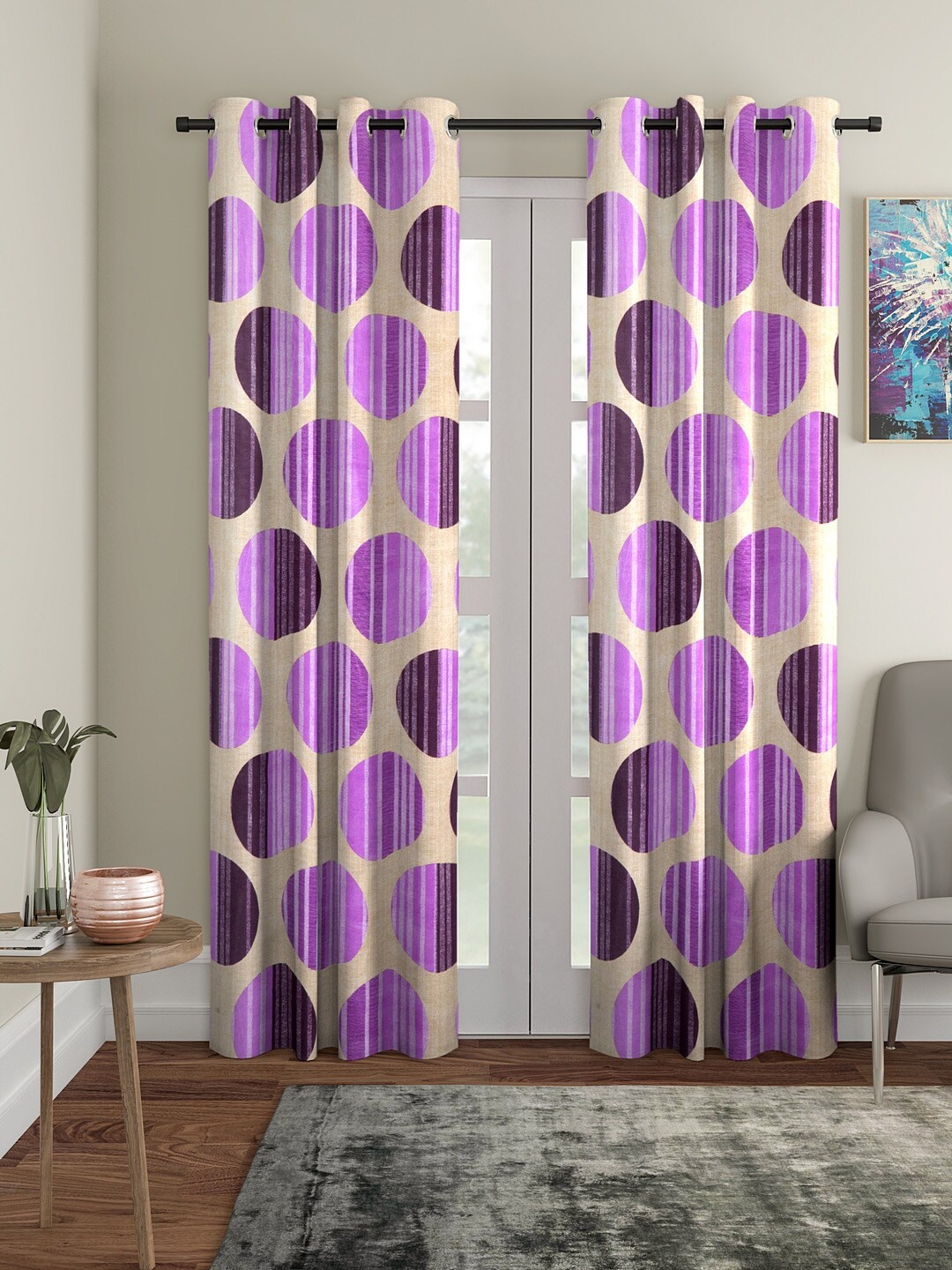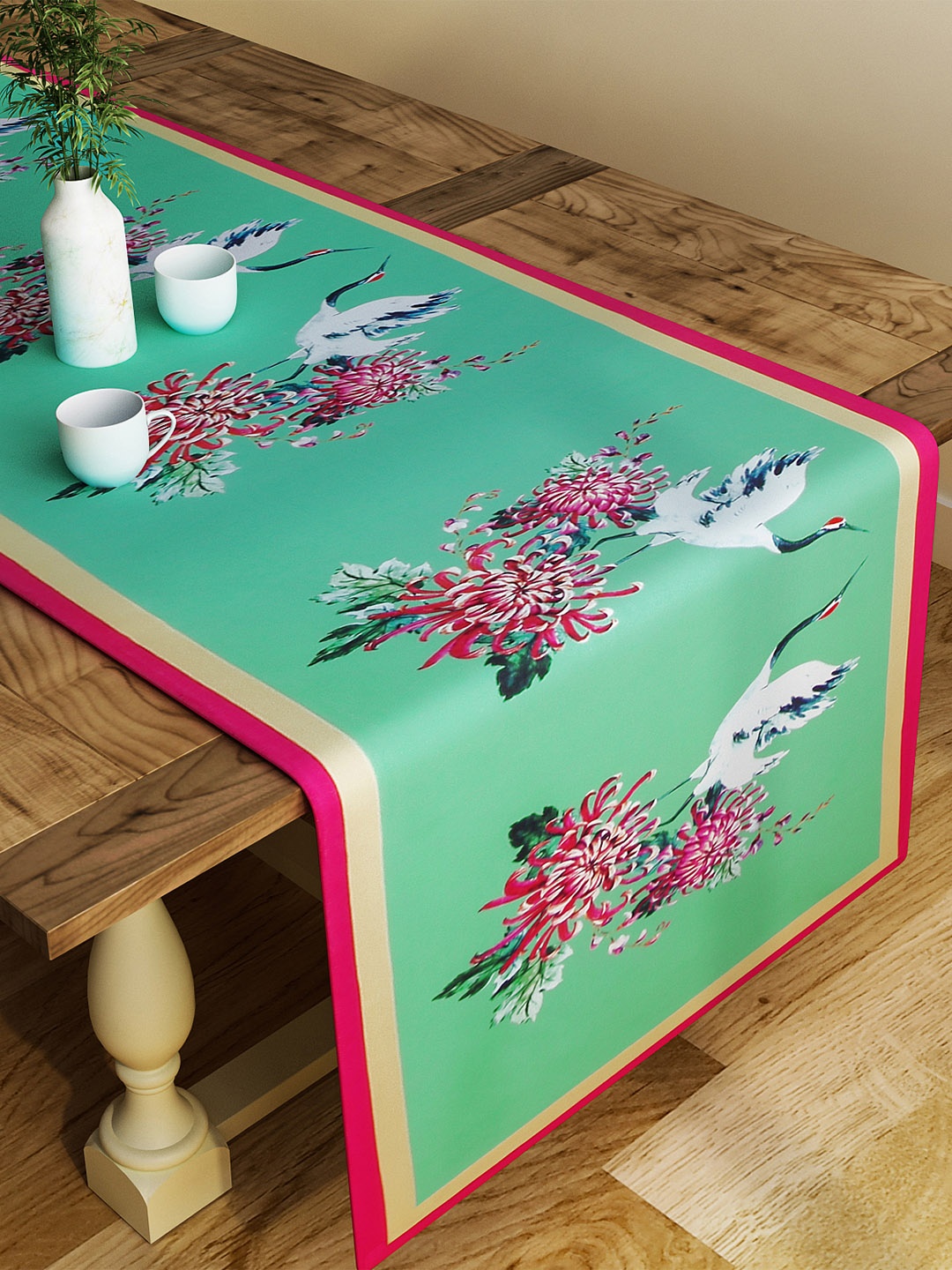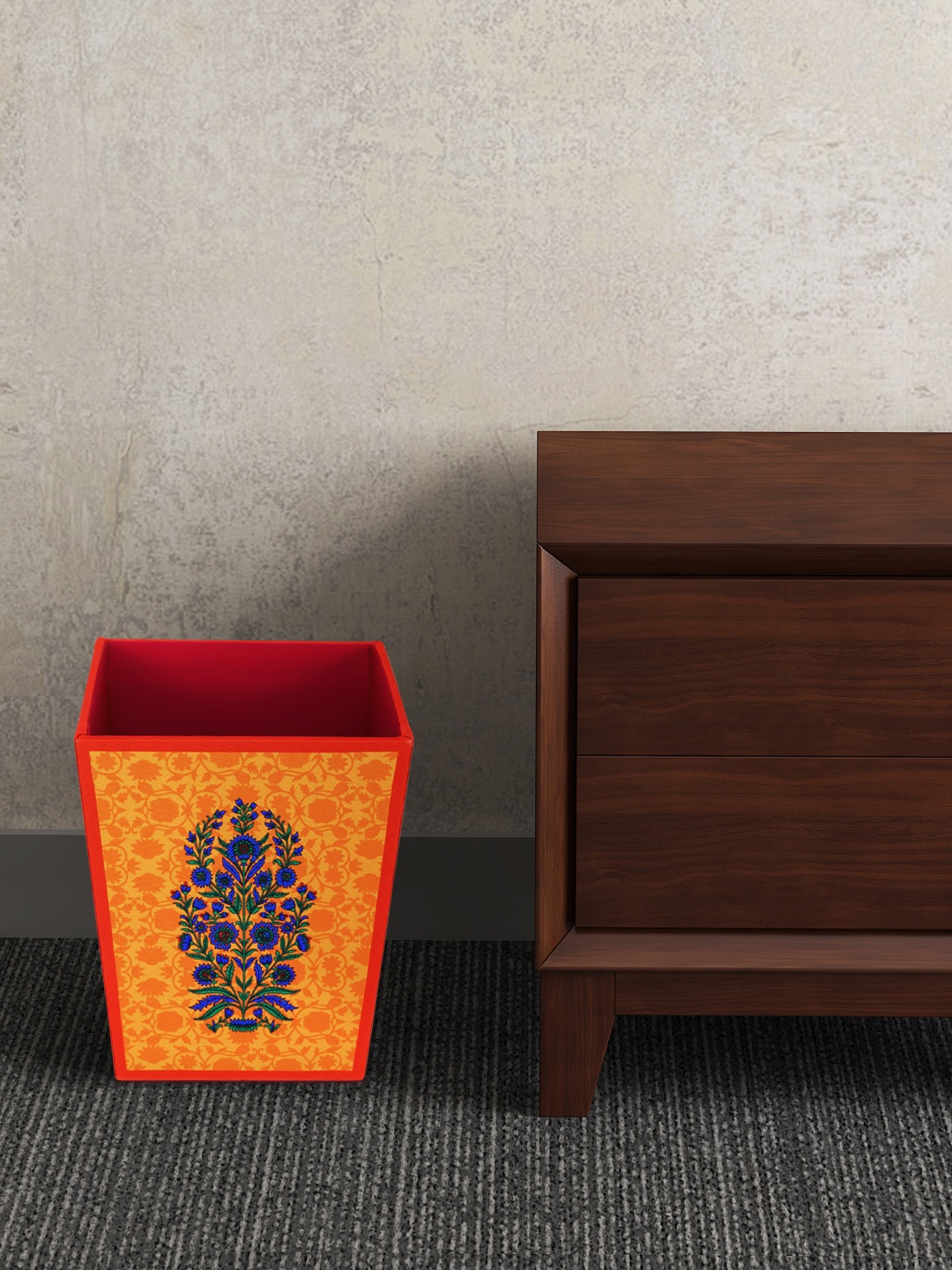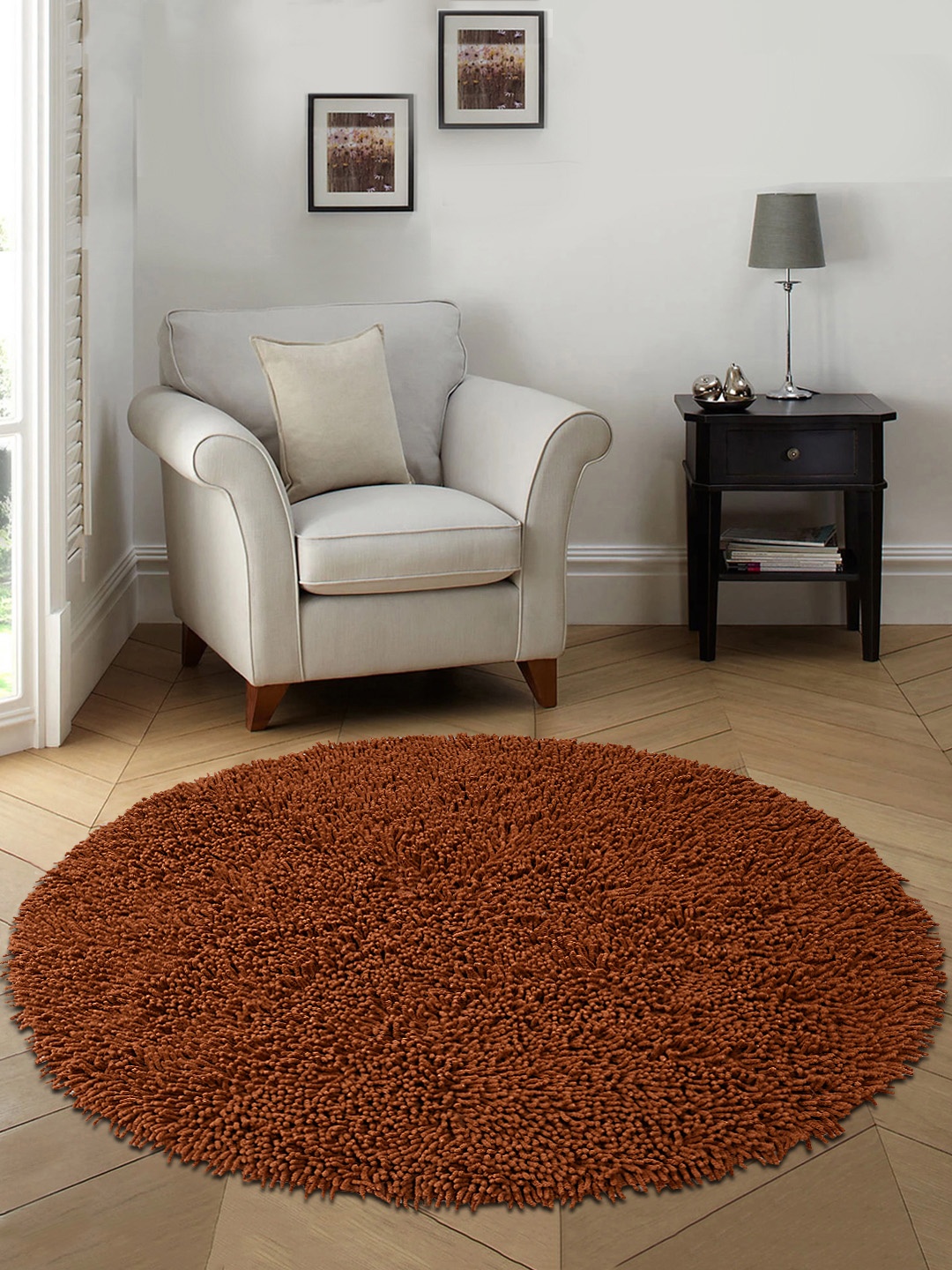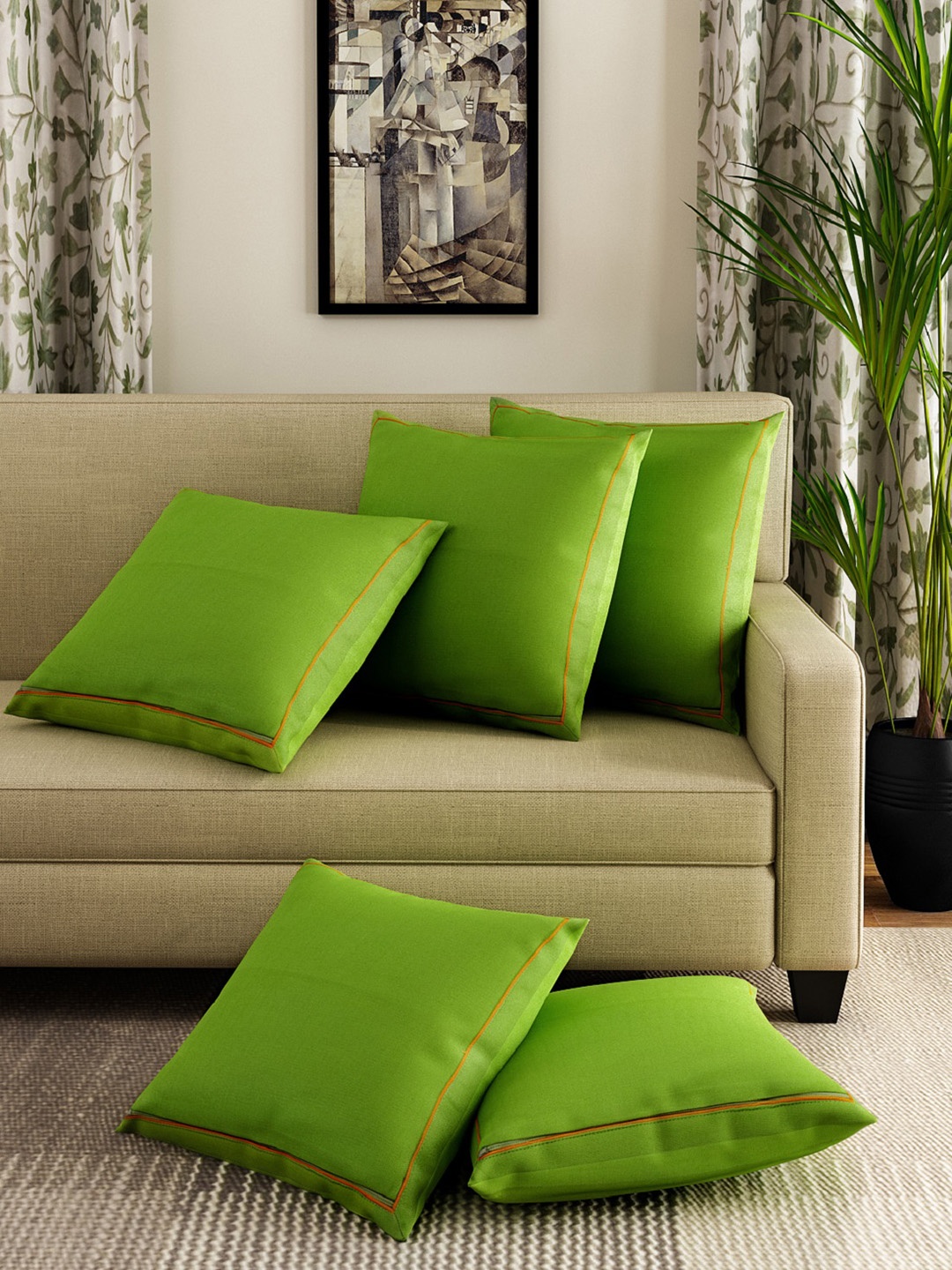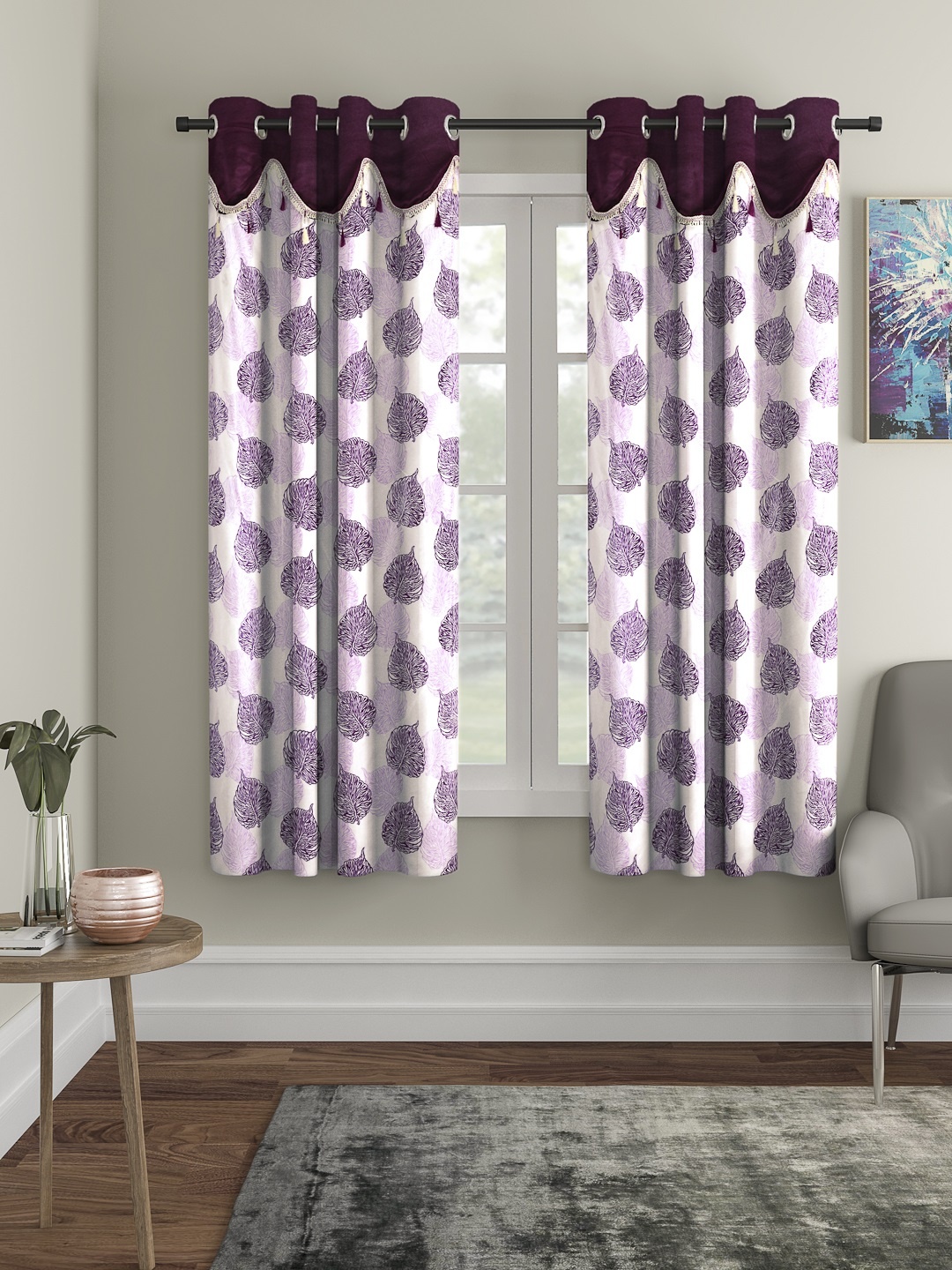How To Pick Aroma Candles For Small Rooms: Wick Types, Soot Control And Safe Placement
Aroma candles add warmth, character and calm to compact spaces. Yet choosing the right one calls for a little more care than a quick sniff at a shop. This is a friendly guide to help small rooms feel cosy, fresh and safe with the right candle choice.

Best Aroma Candles for Small Rooms: How to Choose Wick Types and Reduce Soot.
Small rooms come with big expectations. A single aroma candle can shift the mood, from chaotic to calm, from dull to delightful. But small spaces also trap fragrance faster, reveal soot marks quicker and heat up far more easily. Choosing the right candle becomes a mix of art, science and a dash of everyday wisdom.
Many homes use aroma candles during festive seasons, cosy evenings or quiet moments after a long day. A beautifully fragranced corner can lift spirits, provide comfort or simply jazz up a reading nook. Still, the wrong type of wick, strong scents or improper placement can leave a room smoky, overwhelming or even unsafe.
This warm and conversational guide walks through wick types, fragrance strength, soot control, wax quality and safe placement, perfect for smaller spaces where every detail matters. Learn all about how to pick aroma candles for small rooms, from wick types, soot control and even know about safe placement.

Aroma Candle Buying Guide: Scents, Waxes And Everything You Need To Know
Photo Credit: Pexels
Essential Tips For Choosing The Right Candle For Small Rooms
1. Understanding Wick Types for Cleaner Burning
Wicks decide how neatly a candle burns. Small rooms benefit from steady flames and low smoke, so wick choice makes a real difference. Cotton wicks remain a popular option because they burn cleanly and suit everyday use. They keep the flame even and help the fragrance spread at a relaxed pace, ideal when a room is not large enough for strong bursts of scent.
Wooden wicks offer a soft crackling sound that brings a cosy ambience. They burn slowly and look lovely, though they need a little extra trimming to avoid mushrooming at the top. For smaller rooms, they work best in candles made with lighter oils and softer aromas.
Metal-core wicks exist in some budget candles, but they often burn hotter and faster. They can also leave more residue around the rim. When shopping, checking the wick label becomes as important as sniffing the scent. For compact bedrooms, studies, or living corners, cotton or well-crafted wooden wicks give a smoother experience without overwhelming the air.
2. Choosing Wax Types That Suit Compact Spaces
Different waxes influence smell, burn time and soot levels. Soy wax tops the list for smaller rooms because it burns slowly, stays cool and holds fragrance well without creating thick smoke. A soy candle may cost a little more, but the steady burn and gentle aroma often feel worth the extra ₹100–₹200.
Beeswax brings a subtle, natural fragrance and a warm glow. It suits people who prefer mild scents or react to strong artificial fragrances. Beeswax candles burn longer than paraffin candles, making them friendly for those who enjoy lighting a candle while reading or working.
Paraffin candles, though widely available, burn hotter and can make a small room feel stuffy. They also tend to produce more soot, especially if the wick is too long. Blended waxes, like soy-paraffin mixes, offer a middle path, giving good scent throw with a calmer burn.
Understanding wax helps narrow choices. A small room thrives with candles that don't smoke much, don't melt into a hot puddle and don't overpower the air. Soy and beeswax emerge as easy favourites for a cleaner, cooler ambience.
3. Picking Fragrance Strength That Doesn't Overwhelm
Fragrance intensity matters twice as much in a compact room. A strong scent that feels luxurious in a large living hall may feel suffocating in a bedroom the size of a standard city apartment. Lighter notes, lavender, lemongrass, sandalwood or green tea, balance freshness and calm without punching the senses.
Floral blends work beautifully when they're not too sweet. Soft rose, jasmine or white lily bring comfort without causing headaches. Fruity scents need careful selection; citrus usually fits well because it feels crisp, while heavy berry scents can get cloying in tight spaces.
People often love festive aromas like cinnamon or vanilla, but these warm notes should stay subtle when used in a small area. A sniff test can help: if the candle smells strong even when unlit, it might become intense after an hour of burning.
Fragrance layers matter too. Candles with complex combinations sometimes fill a room unevenly. Simple and clean fragrances usually create a balanced atmosphere. For everyday relaxation, light-to-medium intensity candles keep the room fragrant without turning it into a perfumery.
4. Managing Soot for Clean Walls and Fresher Air
Small rooms show soot marks more easily, especially around lighter walls, shelves or curtains. Soot also affects air quality, making regular cleaning a chore. This is why choosing low-soot candles becomes critical. Clean-burning waxes, cotton wicks and mild oils help reduce smoke.
Trimming the wick before every use, down to about ¼ inch, keeps the flame controlled and prevents black residue. Many shops now sell wick trimmers for ₹200–₹300, a small investment that protects walls from smudges. Drafts from fans, open windows or AC vents can cause a candle to flicker and produce soot. Placing the candle away from strong airflow keeps the burn even.
A candle that tunnels or burns too hot often releases more smoke. Choosing jars with thicker glass and wax blended with natural oils can help. When a candle starts smoking repeatedly, it usually signals poor formulation. Switching brands makes more sense than struggling with constant soot.
Clear air equals a clear mind. Keeping soot in check keeps rooms fresh, clean and far easier to maintain.
5. Selecting Candle Sizes That Suit Small Rooms
Candle size affects fragrance throw, burn time and heat. A large three-wick candle may look gorgeous, but it releases more scent than a small room can comfortably handle. It also heats the surroundings quickly, making it unpleasant to stay in the space.
For compact bedrooms or work corners, medium-sized jars with a single wick offer the right balance. They spread fragrance gently and burn long enough without creating heat pockets. Travel tins or mini jars work well for short evening routines or meditation sessions. They also cost less, often around ₹250–₹400, making them good for experimenting with new fragrances.
Tea lights, though small, work best when placed in holders. Their scent might be too mild to fill an entire room unless used in multiples. Using too many of them, however, adds up to unnecessary heat and clutter.
Candle size also affects safety. A large candle needs more space around it, while smaller ones fit comfortably on shelves, tables or window sills. For everyday use, compact candles keep the experience cosy rather than overwhelming.
6. Safe Placement to Avoid Heat and Fire Risks
Compact spaces demand thoughtful placement. A candle near curtains, books, wooden shelves or hanging decor can become risky. Keeping a small heat-resistant tray under the candle offers stability and prevents heat rings on furniture. Many households use brass or clay trays, which add charm while staying practical.
Candles should stay at least a metre away from flammable materials. In tighter rooms, this may mean shifting furniture or clearing a small dedicated spot. Burning a candle near a mirror or glass surface enhances the glow but needs care to avoid overheating.
Children and pets add another layer of caution. A playful swipe or sudden movement can tip a candle. Sturdy holders, weighted jars and slightly higher shelves keep open flames out of reach.
Never leave a candle unattended, especially in smaller spaces where any spark spreads faster. Extinguishing tools such as snuffers help prevent wax splashing and cost just ₹150–₹300. Safe placement ensures a peaceful experience without stress.
7. Balancing Multiple Candles Without Overloading the Room
Many people enjoy using more than one candle to create mood layers. In a small room, this needs some balancing. Two or three strong scents burning together can turn the air heavy. Even mixing mild scents sometimes creates an odd blend that doesn't feel pleasant.
Using candles from the same fragrance family works best, like pairing citrus with herb notes, or combining floral with soft musk. Another approach involves using one scented candle and one unscented one, simply to add extra ambience without extra smell.
Spacing the candles apart helps avoid concentrated heat. One near a reading corner and another near the door keeps the room evenly fragrant. Tea lights can work well as accents without altering the main scent.
Cost-conscious shoppers often prefer buying multi-packs of smaller candles. These help experiment with combinations without spending over ₹500 at once. A thoughtful mix creates warmth and comfort without overwhelming the senses.

Aroma Candle Buying Guide: Scents, Waxes And Everything You Need To Know
Photo Credit: Pexels
8. Looking for Candle Containers That Add Style and Safety
Containers matter more than people realise. The jar, tin or holder influences heat distribution, stability and even fragrance throw. Thick glass jars remain the safest choice because they tolerate heat well and give the candle a slow, even burn. They also blend smoothly with décor, from bohemian corners to sleek modern setups.
Metal tins stay travel-friendly and durable, though they heat up faster. They suit short burn sessions and work well as gifts under ₹300. Ceramic holders bring earthy charm but should come with clear manufacturer notes about heat resistance.
Decorative holders such as lantern-style cages or patterned jars elevate the ambience, especially for festive evenings. They also protect the flame from drafts, reducing soot.
Sustainability gets attention, too. Many brands offer refillable jars so users can buy only the wax next time. This saves money and reduces waste. A good container keeps flames steady, decor stylish, and safety intact.
Also Read: 5 Things You Need To Plan A Candlelight Dinner Date At Home
9. Budgeting Smartly: Quality vs Cost
Aroma candles range widely in price, from ₹150 tea lights to ₹1,500 premium jars. Small rooms don't always need expensive candles, but quality matters when dealing with limited ventilation. Cheaper candles sometimes use synthetic oils that smell harsh or create heavy smoke. Spending an extra ₹100–₹200 often brings cleaner wax, better wicks and smoother fragrances.
Value packs work well for everyday lighting, especially when fragrance needs to stay subtle. For special evenings, relaxing rituals or gifting, mid-range candles with soy or beeswax feel more rewarding.
Some shops offer smaller tester sizes for ₹200–₹300. These help people try fragrances before committing to a large jar. Online sales and festive discounts also offer excellent deals without compromising quality.
Thoughtful budgeting means choosing candles that last, burn clean and make the room feel uplifting without stretching monthly expenses.
10. Seasonal and Occasion-Based Candle Choices
Small rooms respond differently to scents depending on the season. During warm months, fresh notes like mint, lemon, eucalyptus or ocean blends keep the space airy. Humidity already affects fragrance intensity, so lighter candles work best.
In cooler months or festive periods, warm scents such as cinnamon, vanilla, amber or patchouli add comforting energy. Lighting them during evening tea or while relaxing after dinner brings a gentle sense of luxury.
Occasion-based choices also help. For meditation or yoga, calming notes like lavender or sandalwood support a serene setting. When guests arrive, picking welcoming scents like rose or mild citrus keeps the room inviting.
Gifting aromas adds a personal touch. People often appreciate candles in classic fragrances because they pair well with most home styles. Seasonal thinking ensures fragrance never feels out of place or overpowering.

Aroma Candle Buying Guide: Scents, Waxes And Everything You Need To Know
Photo Credit: Pexels
Products Related To This Article
1. GIVA 925 Silver 1 Wick Mystical Sandalwood Ethnic Motifs Geometric Regular Jar Candles
2. Bath & Body Works Scented 1 Wick Lavender and Vanilla Solid Geometric Regular Jar Candles
3. Bella Vita Organic 4Pcs Vanilla, Cinnamon, Lavender & Rose Solid Jar Candles
4. H&M Small Candle in Glass Holder 1 Wick Sichuan Fig Solid Geometric Regular Jar Candles
5. Chumbak Scented 1 Wick Cedar Jasmine Striped Geometric Regular Jar Candles
6. Bath & Body Works Strawberry Pound Scented 1 Wick Solid Geometric Regular Jar Candles
7. Aapno Rajasthan Sweet and Permeating Festive design Smokeless Scented Pillar Candles
Aroma candles can transform even the smallest rooms into warm, fragrant and peaceful spaces. The secret lies in thoughtful choices, selecting the right wick, wax, fragrance strength, container, size and placement. Compact spaces flourish with gentle aromas, clean-burning candles and steady flames.
With smart budgeting, seasonal awareness and a focus on safety, candles become more than decor; they become companions for calm moments, reflective evenings and everyday comfort. Choosing wisely ensures every corner glows with softness, fragrance and charm.
(Disclaimer: This article may include references to or features of products and services made available through affiliate marketing campaigns. NDTV Convergence Limited (“NDTV”) strives to maintain editorial independence while participating in such campaigns. NDTV does not assume responsibility for the performance or claims of any featured products or services.)











